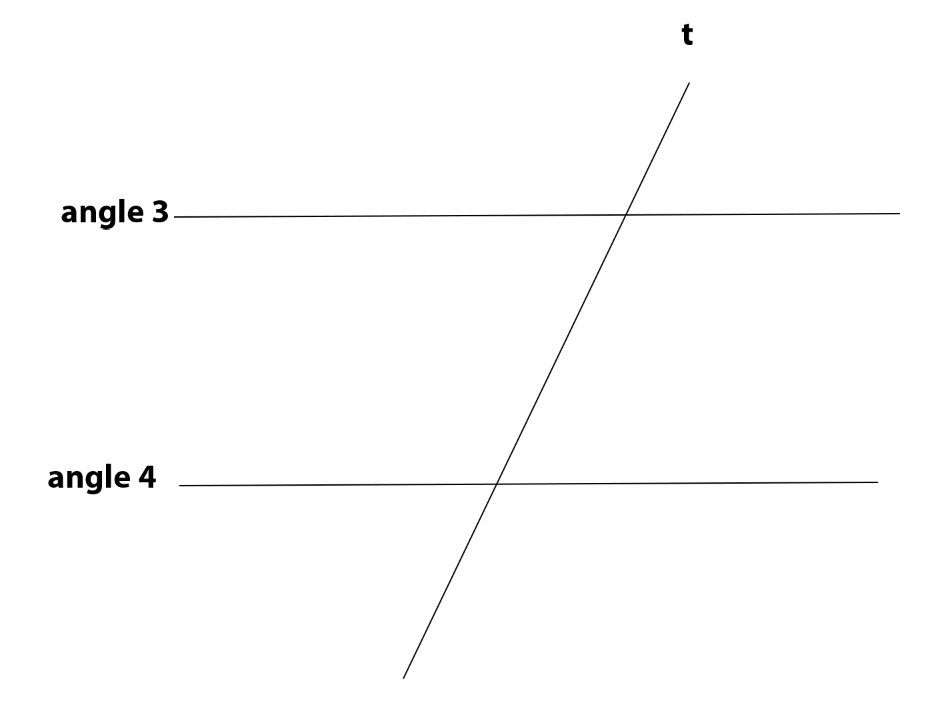Alternate Exterior Angles
In geometry, alternate exterior angles are a pair of angles that are located on opposite sides of a transversal line and outside of the two lines that are being intersected. These angles are called “alternate” because they are not adjacent to each other and “exterior” because they are located outside of the lines being intersected.
Definition:
Alternate exterior angles are a pair of angles that are located on opposite sides of a transversal line and outside of the two lines being intersected. They are formed by the intersection of one line with a second line that is parallel to the first line.
Examples:
- In the diagram below, angle 1 and angle 2 are alternate exterior angles.

- In the diagram below, angle 3 and angle 4 are alternate exterior angles.

Quiz:
- Are alternate exterior angles always adjacent to each other?
A – No, alternate exterior angles are not adjacent to each other. They are located on opposite sides of the transversal line and outside of the two lines being intersected.
- Are alternate exterior angles located inside or outside of the two lines being intersected?
A – Alternate exterior angles are located outside of the two lines being intersected.
- Can alternate exterior angles be formed by the intersection of two lines that are not parallel?
A – No, alternate exterior angles can only be formed by the intersection of two lines that are parallel to each other.
- Are alternate exterior angles always congruent to each other?
A – No, alternate exterior angles are not always congruent to each other. However, if the two lines being intersected by the transversal line are parallel, then the alternate exterior angles are congruent.
- Can alternate exterior angles be formed by the intersection of a line and a curve?
A – No, alternate exterior angles can only be formed by the intersection of two lines. They cannot be formed by the intersection of a line and a curve.
- Are alternate exterior angles supplementary to each other?
A – No, alternate exterior angles are not always supplementary to each other. However, if the two lines being intersected by the transversal line are parallel, then the alternate exterior angles are supplementary.
- Can alternate exterior angles be formed by the intersection of three or more lines?
A – No, alternate exterior angles can only be formed by the intersection of two lines. They cannot be formed by the intersection of three or more lines.
- Are alternate exterior angles always acute angles?
A – No, alternate exterior angles can be any type of angle (acute, right, obtuse, or straight).









